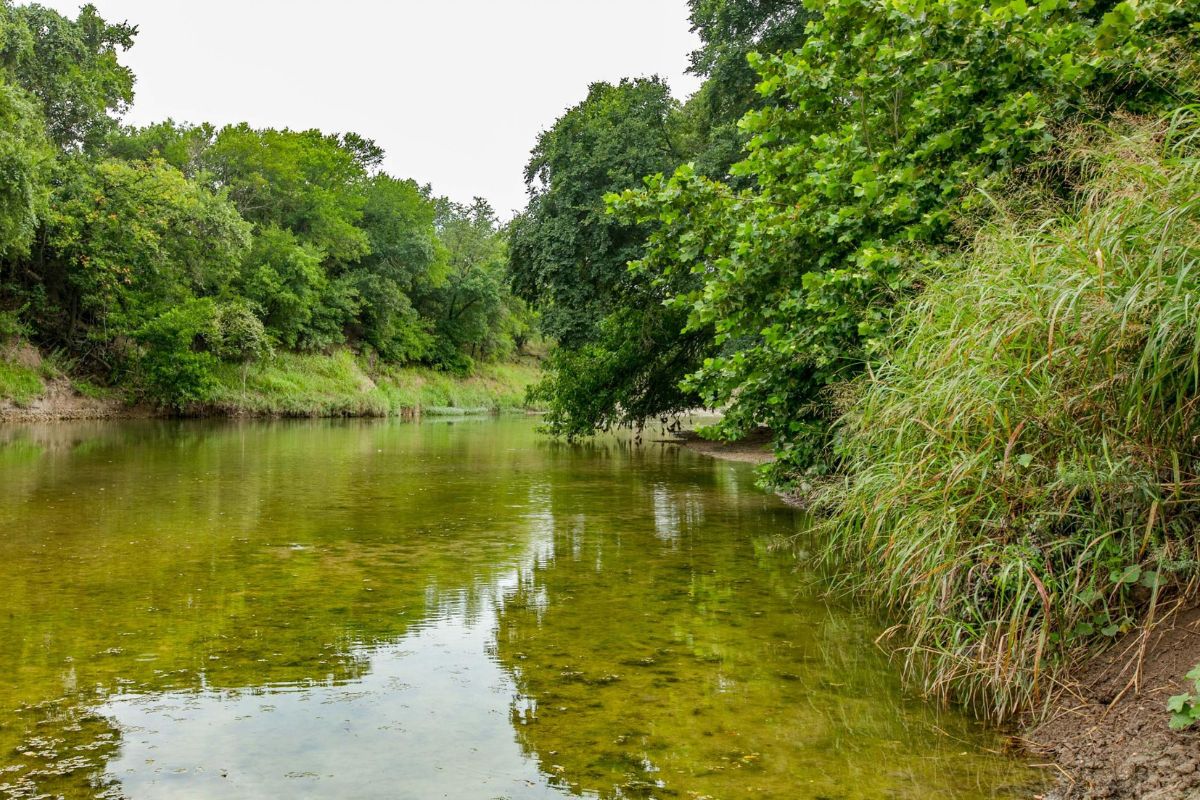
Where is the Lampasas River located? The Lampasas River flows through central Texas, starting in western Hamilton County. It meanders southeast through Lampasas, Burnet, and Bell counties before joining the Little River. This 75-mile-long river is a vital water source for the region, supporting agriculture, wildlife, and recreation. Along its banks, you'll find picturesque landscapes, historic sites, and diverse ecosystems. Whether you're interested in fishing, kayaking, or simply enjoying nature, the Lampasas River offers something for everyone. Dive into these 30 fascinating facts to learn more about this hidden gem in the heart of Texas!
The Origins of the Lampasas River
The Lampasas River, a hidden gem in Central Texas, has a rich history and unique characteristics. Let's dive into some fascinating facts about this river.
- The Lampasas River begins in western Hamilton County, Texas, and flows southeast for about 75 miles.
- Its name comes from the Spanish word "lampazos," referring to a type of plant found along its banks.
Geographical Features
The Lampasas River boasts diverse geographical features that make it a unique waterway in Texas.
- The river flows through several counties, including Lampasas, Burnet, and Bell.
- It eventually merges with the Leon River to form the Little River, which is a tributary of the Brazos River.
- The river's watershed covers approximately 1,150 square miles.
Flora and Fauna
The Lampasas River supports a variety of plant and animal life, contributing to its ecological importance.
- The riverbanks are home to a mix of hardwood trees, including oak, pecan, and elm.
- Wildlife such as deer, raccoons, and various bird species thrive in the river's ecosystem.
- Fish species like bass, catfish, and sunfish are commonly found in the river's waters.
Historical Significance
The Lampasas River has played a crucial role in the history of the region.
- Native American tribes, including the Tonkawa and Comanche, once inhabited the areas around the river.
- Early European settlers used the river as a vital water source for agriculture and livestock.
- The river was a key factor in the development of towns like Lampasas and Killeen.
Recreational Activities
The Lampasas River offers numerous recreational opportunities for locals and visitors alike.
- Fishing is a popular activity, with anglers often catching largemouth bass and channel catfish.
- Canoeing and kayaking are common, especially in the calmer sections of the river.
- The river's scenic beauty makes it a favorite spot for picnicking and hiking along its banks.
Environmental Concerns
Like many natural waterways, the Lampasas River faces environmental challenges.
- Pollution from agricultural runoff and urban development poses a threat to water quality.
- Efforts are being made to monitor and improve the river's health through conservation programs.
- Local organizations work to raise awareness about the importance of protecting the river's ecosystem.
Unique Features
Several unique features set the Lampasas River apart from other rivers in Texas.
- The river is known for its clear, spring-fed waters, particularly in the upper reaches.
- Limestone formations along the river create picturesque waterfalls and rapids.
- The river's flow can vary significantly, with periods of drought and heavy rainfall impacting water levels.
Cultural Impact
The Lampasas River has influenced the culture and traditions of the communities it touches.
- Annual events like the Lampasas Spring Ho Festival celebrate the river's significance to the town.
- Local artists often draw inspiration from the river's natural beauty in their work.
- The river has been featured in various local legends and folklore.
Conservation Efforts
Protecting the Lampasas River is a priority for many organizations and individuals.
- The Texas Parks and Wildlife Department conducts regular assessments of the river's health.
- Community clean-up events help to remove litter and debris from the river and its banks.
- Educational programs aim to teach residents about sustainable practices to preserve the river.
Interesting Tidbits
Here are some lesser-known facts about the Lampasas River that might surprise you.
- The river has been a filming location for several movies and TV shows due to its scenic landscapes.
- Fossils of ancient marine creatures have been found in the river's limestone beds.
- The river's name was once misspelled as "Lampases" on early maps and documents.
- During the 19th century, the river was a popular spot for steamboat travel, although this was short-lived due to fluctuating water levels.
The Lampasas River's Legacy
The Lampasas River is more than just a waterway; it's a lifeline for the communities it touches. From its historical significance to its biodiversity, this river has stories to tell. Whether you're a history buff, a nature lover, or someone who enjoys a good fishing spot, the Lampasas River offers something unique.
Its tributaries and ecosystems support a variety of wildlife, making it a crucial part of the local environment. The river's role in agriculture and recreation can't be overstated. It's a place where people come to relax, fish, and connect with nature.
Understanding the Lampasas River helps us appreciate the delicate balance between human activity and natural preservation. So next time you find yourself near its banks, take a moment to reflect on its rich history and vibrant life. This river truly is a Texas treasure.
Was this page helpful?
Our commitment to delivering trustworthy and engaging content is at the heart of what we do. Each fact on our site is contributed by real users like you, bringing a wealth of diverse insights and information. To ensure the highest standards of accuracy and reliability, our dedicated editors meticulously review each submission. This process guarantees that the facts we share are not only fascinating but also credible. Trust in our commitment to quality and authenticity as you explore and learn with us.
